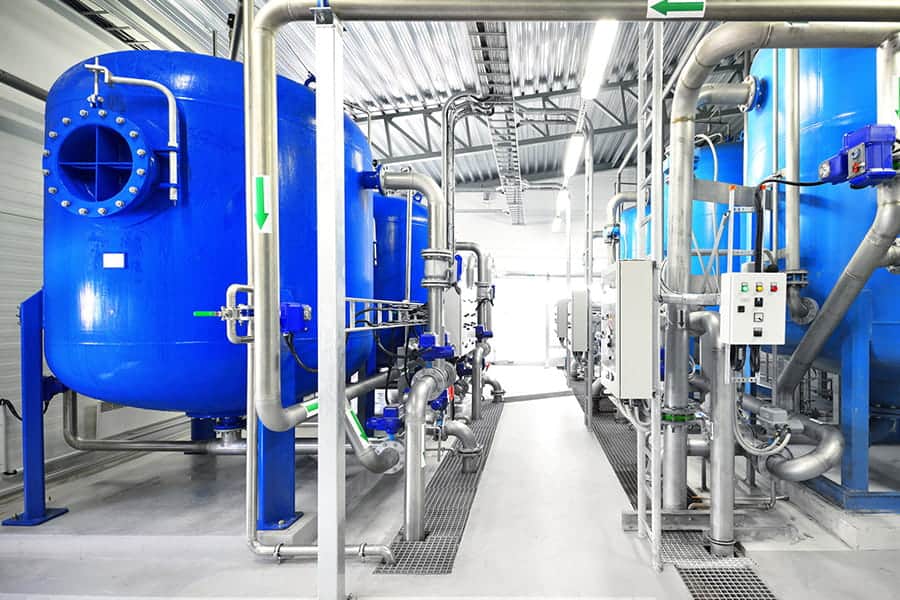In last week’s blog, Neil Grigg, one of the most respected water resources engineers for several decades, discussed how innovation could solve a lot of water system problems if water systems would just implement them. I can’t argue with that. Implementing innovation is pretty much what we do at Bentley—get the best technology in the hands of as many people as possible with our solutions.
Originally, I was going to write a counter point to Neil’s blog, but his call for innovation is a sound one. There is no shortage of innovative technologies in water. Large companies, startups, universities, research organizations, governmental labs and others have been cranking out innovations at a phenomenal rate. You could even argue that the payback for water R&D has passed the break-even point.
We are in the middle of an innovation explosion in water. Part of my job is to keep track of the latest technologies and I must confess that try as I might, I can’t keep up. Every day, I see research papers, reports, white papers, web sites, conference proceedings, webinars, blogs (like this one) among other sources.
One Popular Area of Innovation is Digital Twins. While it doesn’t take much to get started in digital twins—a computer, a connection to the internet, and some modest programming skills and you have created a digital twin company. However, the quality varies.
The academic community is also cranking out its share of papers. However, most never get past the point of being journal/conference papers. Every university wants to be the digital twin university and every researcher wants to be the next Lew Rossman. But there is a huge gap between writing a paper and implementing a practical solution.
I feel a bit sorry for water utility engineers, operators, and their consultants who are bombarded each day with sales pitches about the next big thing that will lead them to water utopia. I see a certain paralysis that comes from overchoice. The decisions frequently come down to which technology has the best marketing material and sales force.
One solution is to say, “Stop bothering me,” and bury your head in the sand. After all, you say, “We’ve been sending Charlie out to the well on his horse to turn the well pump on and off for years and it works (most of the time).” But that’s probably not the best solution. In general, new technologies can make your life better if you are willing to provide it with the data it needs to consume.
Should you wait until the perfect digital twin is developed. No. The technology will always be advancing. You need to jump in the water — somewhere, sometime, with someone. Do your research and enjoy the ride. It may not always be smooth, but you’ll come out on the other side better for it.
During your research phase, be sure to give Bentley a look. I’ve seen Bentley’s technologies evolve over the years. I know the people behind the technology (and am one of them). I’ve worked on our training material; I’ve seen our developers respond promptly to user requests and have witnessed our tech support people resolve seemingly impossible issues. I know there’s solid science behind the platform and I’ve seen it working in the field. So, before you sign on the dotted line, make sure to include Bentley in your search.










